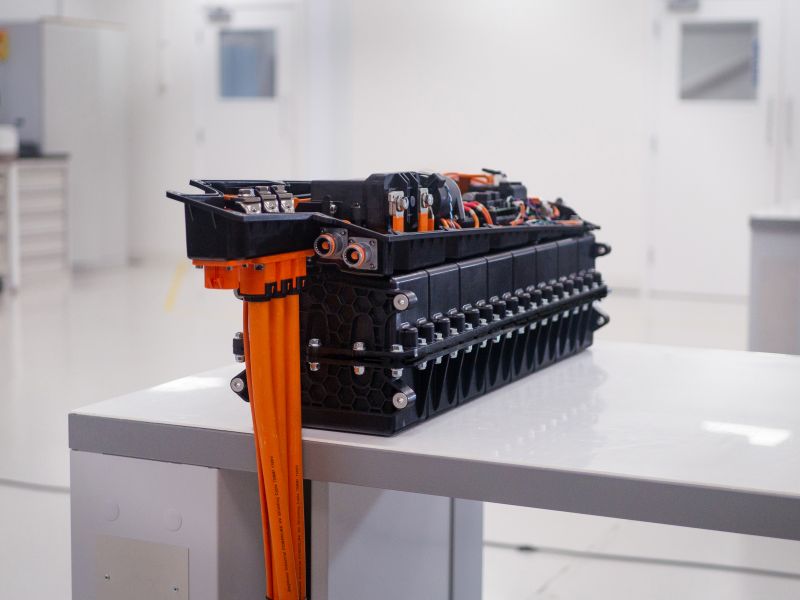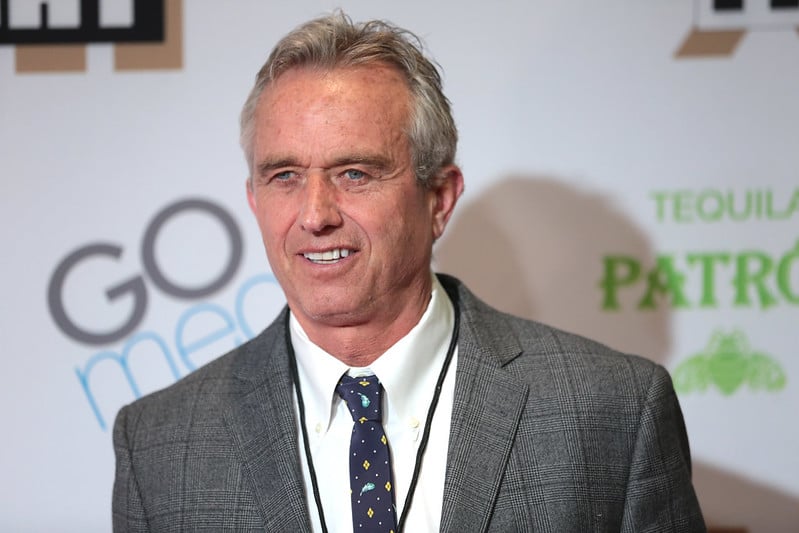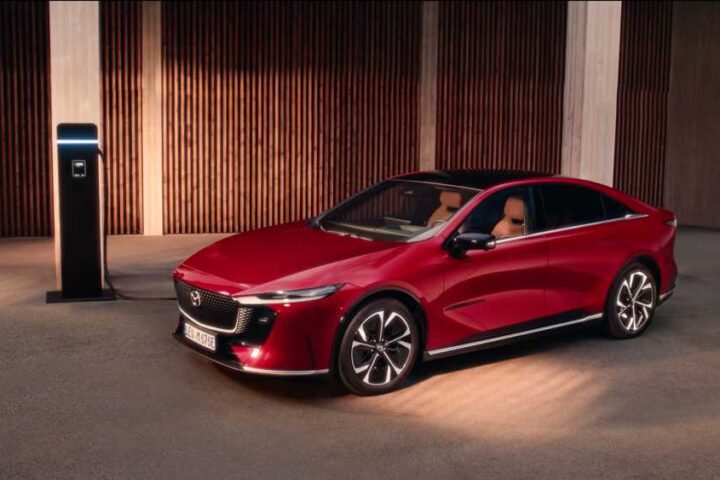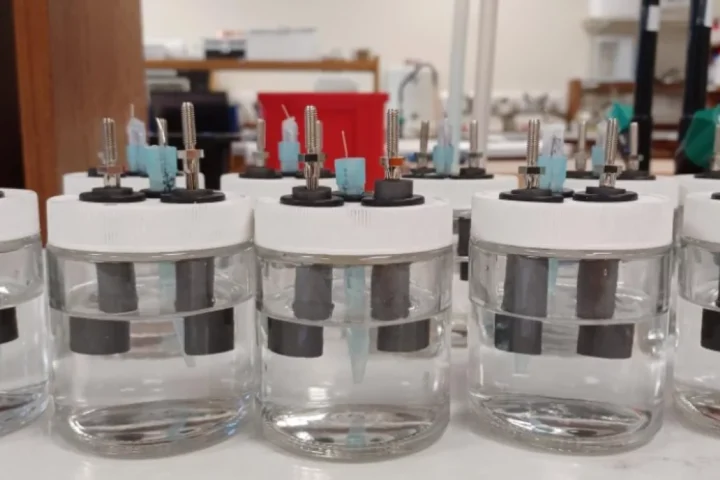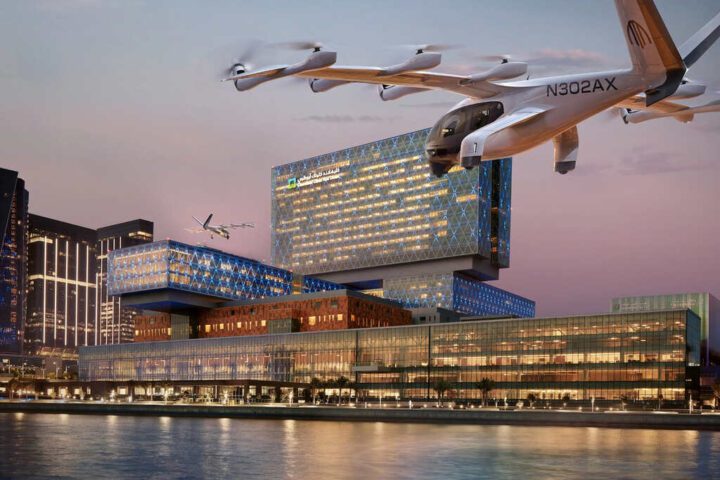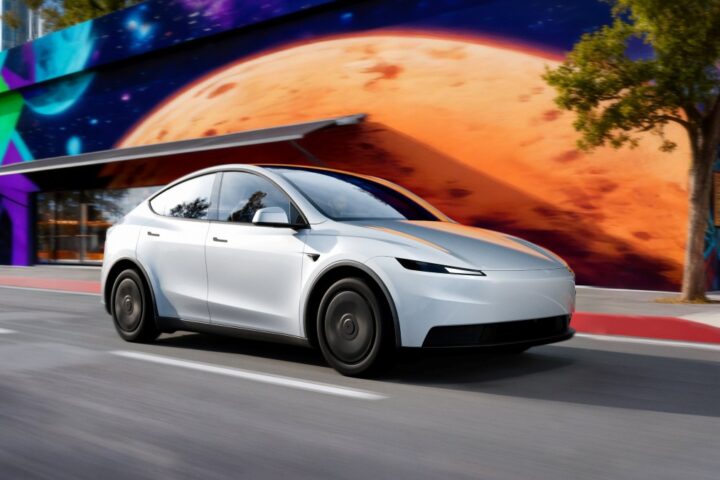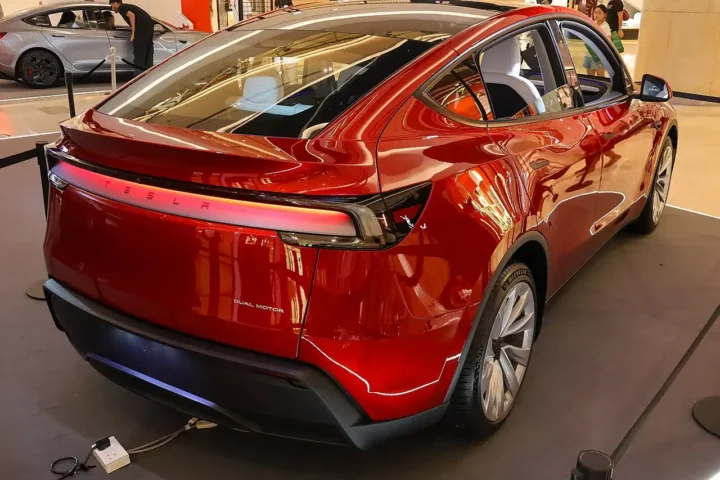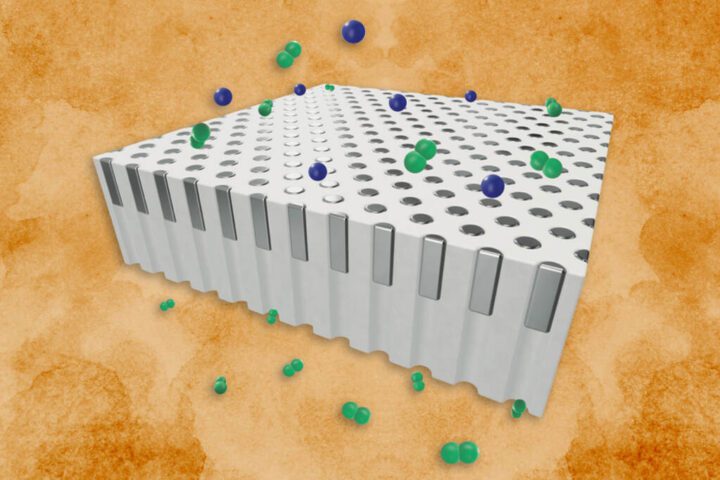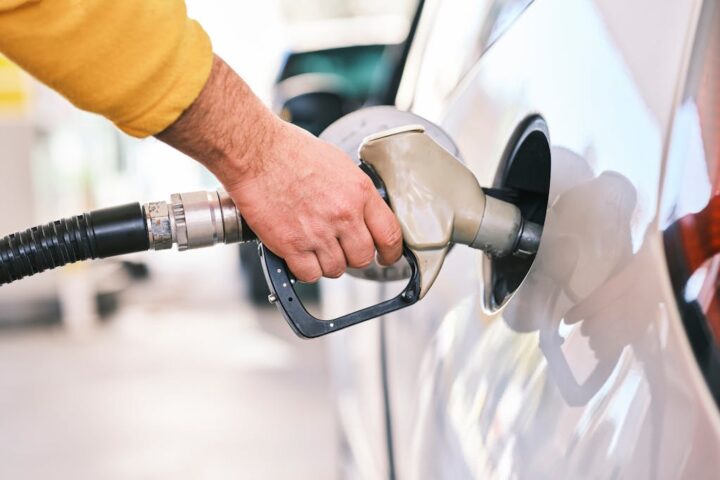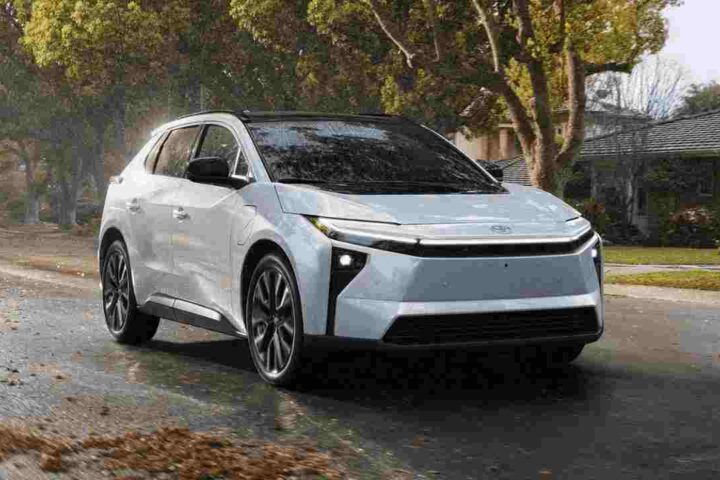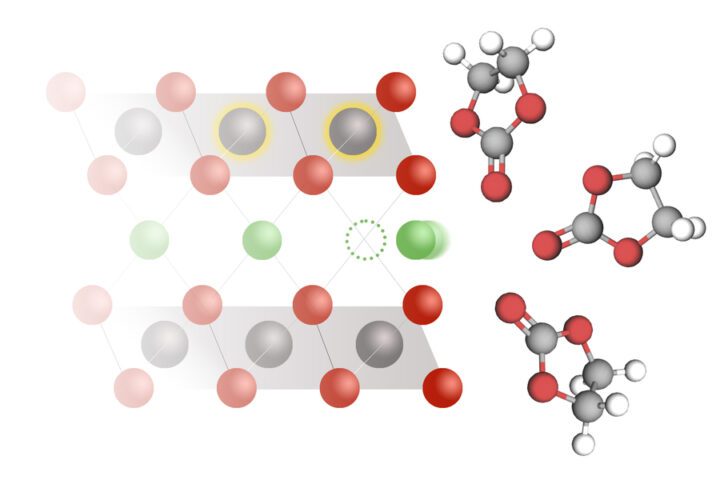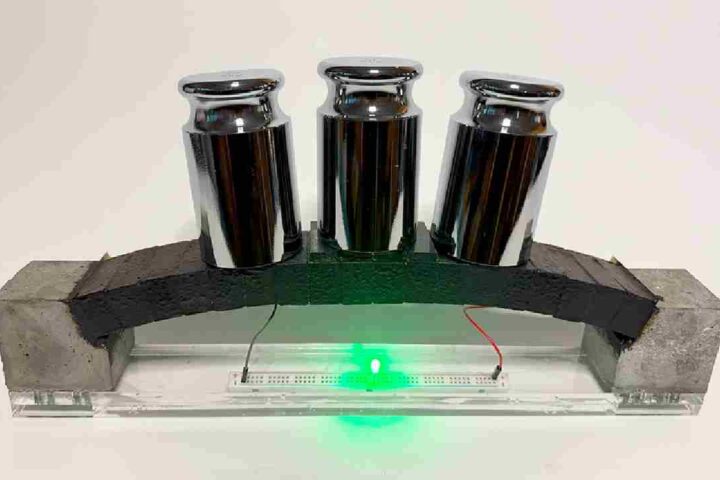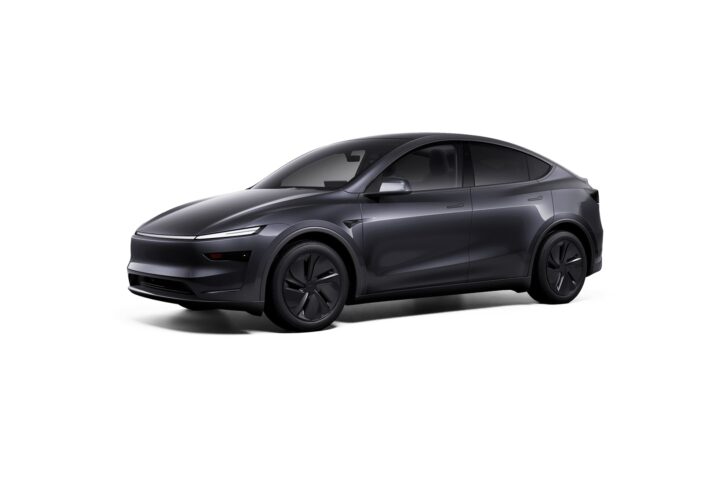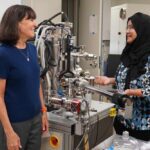A British company called RML Group has developed something that could change how we think about electric cars forever. They’ve created a battery that can fully charge in just 18 seconds. To put this in perspective, your phone probably takes longer to turn on than this battery takes to charge completely.
The company received official approval from the UK government in June to start making these batteries on a large scale. This approval, called Conformity of Production certification, means the battery meets all safety standards required for electric vehicles.
How Fast Is Really Fast
Most electric car owners today know the pain of waiting. The popular Porsche Taycan, considered one of the faster-charging cars, still needs 12 to 15 minutes for a full charge. Tesla Superchargers, which many consider quick, can take 20 to 45 minutes depending on the car and battery size.
RML’s VarEVolt battery changes this completely. It has what engineers call a “200C rating.” In simple terms, this means the battery can handle 200 times more power flow than a standard battery. Think of it like the difference between filling a swimming pool with a garden hose versus opening a fire hydrant.
The battery can deliver 6 kilowatts of power for every kilogram it weighs. Michael Mallock from RML explained that this battery “can dump all its power really, really quickly” when a car needs maximum performance.
Where You’ll See These Batteries First
Right now, these batteries are being used in very expensive supercars. The Czinger 21C, a hybrid supercar that costs more than most people’s houses, already uses this technology. Only 80 of these cars were made in the first production run.
RML is also working on upgrade kits for older supercars like the Ferrari LaFerrari and McLaren P1. These retrofit kits could give these cars significantly more range and potentially eight times more power output if the car’s other systems can handle it.
Similar Posts
The Charging Challenge
Here’s where things get complicated for everyday drivers. While the battery can charge in 18 seconds, the charging stations need to provide enormous amounts of electricity very quickly. Current home electrical systems and most public charging stations simply can’t deliver this much power.
To charge this battery in 18 seconds, you’d need charging equipment that can handle massive electrical loads. This is similar to trying to fill a bathtub through a straw versus using a fire hose. Your home’s electrical system would need major upgrades, and the power company would need to ensure the electrical grid can handle such sudden, intense power demands.
Cost and Future Availability
RML hasn’t announced specific prices for their batteries, but given they’re currently only used in supercars costing hundreds of thousands of dollars, these batteries likely cost far more than standard electric car batteries today.
The modular design of the VarEVolt system means manufacturers can adjust it for different needs. Paul Dickinson, RML’s CEO, explained they can “focus on range, focus on power, or balance the two” depending on what a car manufacturer wants.
When Will Regular People Get This Technology
The company is currently producing small batches of these batteries. With their new government certification, they can now work with larger car manufacturers and scale up production significantly.
However, several hurdles remain before this technology reaches family cars. First, the cost needs to come down dramatically. Second, charging infrastructure needs massive upgrades. Third, home electrical systems would need modifications to handle such high power demands.
The electrical grid would also need strengthening. When thousands of cars start charging in 18 seconds simultaneously, power companies need to be ready with enough electricity generation and distribution capacity.
What This Means for Electric Car Adoption
If these technical and cost challenges can be solved, 18-second charging could eliminate one of the biggest concerns people have about electric cars: charging time. Currently, many people worry about long charging stops during road trips or running out of power without convenient charging options.
Making electric car charging as quick as filling up with gasoline could convince many more people to switch from gas-powered cars to electric ones. This could accelerate the transition to cleaner transportation significantly.
James Arkell, RML’s head of powertrain, emphasized that this certification shows their “readiness to move from prototyping and niche volumes to supporting larger production contracts.”
The technology exists, the safety approvals are in place, and production can scale up. Now the challenge shifts to making it affordable and building the infrastructure to support it.
